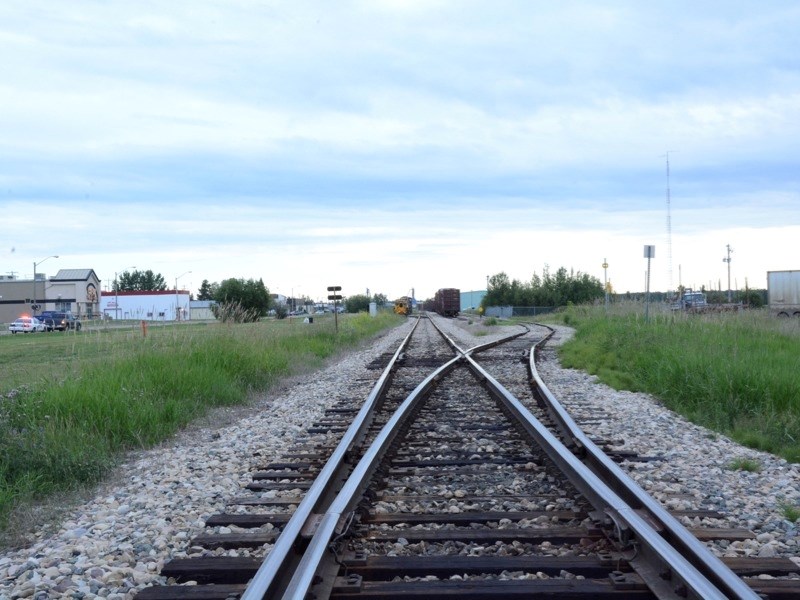Railway safety is preoccupying many Canadians, including Lac La Biche County Mayor Aurel Langevin, but officials in the Village of Boyle aren’t too concerned due to safety measures already in place.
Since the Lac-Mégantic rail disaster July 6 took 47 lives, small-town residents have been skeptical as to whether or not dangerous goods should be hauled in close proximity to rural municipalities.
The CN rail line that runs past Boyle curves near Millar Western Forest Products Ltd., which stockpiles a massive amount of lumber.
Boyle RCMP Cpl. John Spaans said there are hazards involved in transporting large amounts of dangerous goods and chemicals, but these risks are real among truckers, too. He said the village has a solid framework for emergency response through its emergency operations plans.
Spaans said even naturally occurring phenomena such as lighting strikes could be dangerous to wood piles like those at Millar Western.
Canadian National Railway (CN) declined to confirm exactly what materials are routinely being transported through Boyle, but CN senior public affairs manager Warren Chandler did say that local emergency responders are told what trains are carrying so they can respond appropriately in the case of an emergency.
Boyle Chief Administrative Officer (CAO) Charlie Ashbey confirmed some of the materials travelling through Boyle by rail qualify as dangerous goods, but he said the risk is mitigated by the slower speeds at which trains travel through town.
The mayor agreed.
“There are always concerns with any dangerous goods being transported by rail or by highway,” said Boyle Mayor Don Radmanovich in a written statement.
“As for the rail, I think that one of the advantages we have is that this track is on fairly level ground, and the speed of trains going through town is usually quite slow,” he said.
“We should know CN’s safety and accident protocol, and emergency services should be aware as well,” added the mayor. “Good communication is important among all parties involved.”
CN claims the Lac-Mégantic disaster only had a 0.003 per cent chance of occurring, and that 99.997 per cent of hazardous material traffic reaches its destination without incident, according to the Association of American Railroads.
The disaster occurred when an unmanned train operated by Montreal, Maine and Atlantic Railway Ltd. carrying oil derailed and came crashing through the town, calling into question whether or not the train’s brakes had been properly set.
According to a CN media release, “CN already has in place robust train securement policies.” These defensive train operations include air brakes on cars and locomotives through the entire train, hand brakes on the lead locomotive and locked doors and windows on locomotives.
“CN locomotives are also equipped with a Reset Safety Control back-up device, which prompts a full-service train brake application if it detects movement and there is no control stand response in the locomotive,” stated the release.
Approximately 37,000 kilometres of rail line are operated by CN, and the company says dangerous goods can be expected to move on any part of that network, the largest in Canada.



